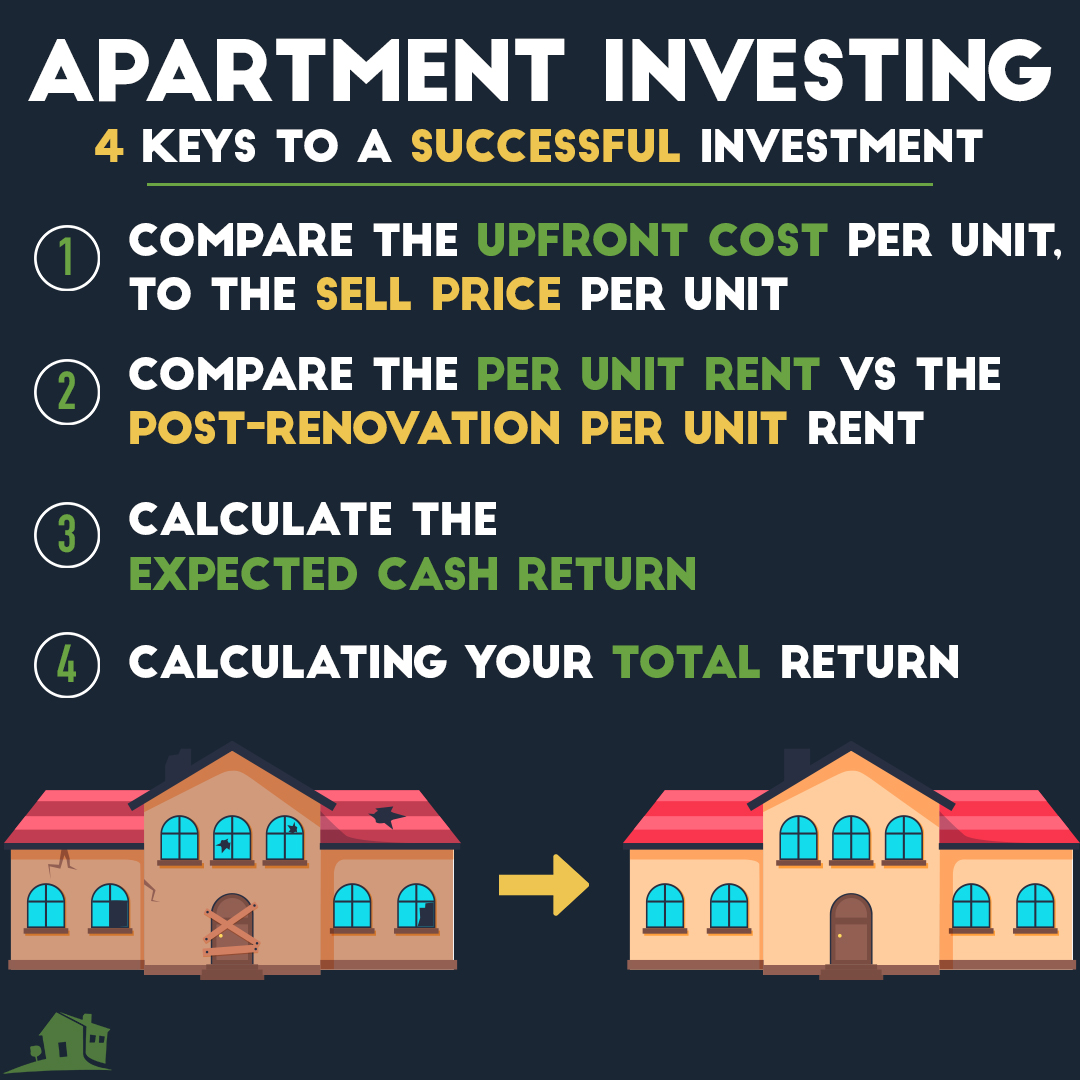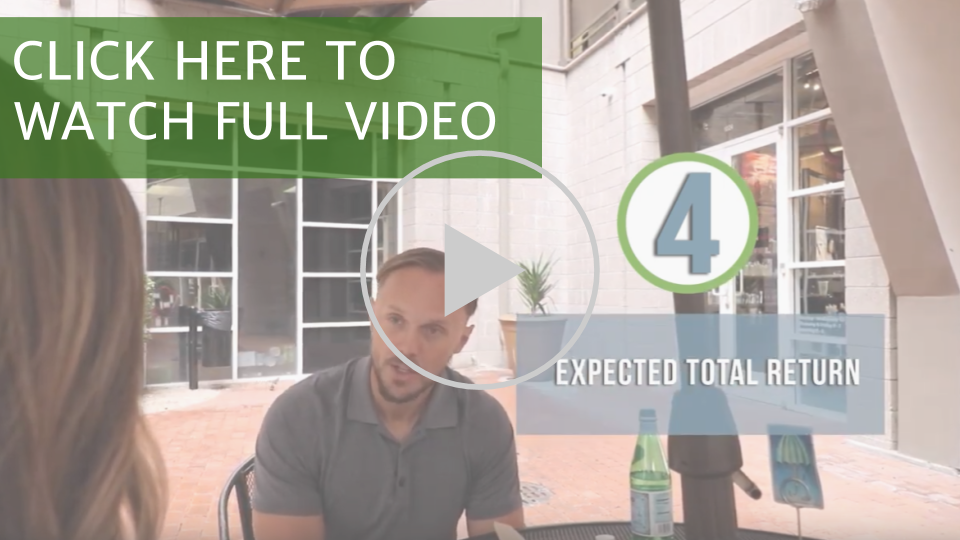APARTMENT INVESTING - 4 KEYS TO A SUCCESSFUL INVESTMENT
Jamison Manwaring - Cofounder at Neighborhood Ventures / Mr. ROI
I love playing flag football. I love the comradery with my team and, even more, understanding and executing the plays that allow us to run the football down the field most effectively. Could I go out there and, as quarterback, just throw to whoever gets open and hope for the best? Sure, I could do that. But to give myself and, more importantly, my team, the best chance of success, I have to understand the plays and patterns well enough to know when to take a risk with a deep throw downfield and when not to take the risk and to throw the ball out of bounds.
Some comparison can be made to investing in commercial real estate. It is important to understand the fundamentals behind the investment in order to determine what opportunities have the best chance of success.

One of the reasons why I like apartment buildings is because they are relatively straight forward investments. Revenue comes from the rent generated by each unit. The costs include operating expenses, maintenance, property management, debt payments, insurance, taxes and any other cost incurred to manage the property. After taking the revenue and paying the expenses, whatever is left is the profit.
With Neighborhood Ventures projects, we act as quarterback in identifying the properties that, once renovated, can see an increase in the rent that can be generated from each unit. By doing this, we increase the value of the property. We use years of experience and discipline in only pursuing projects that fit our strategy. We simply pass on the many other possible projects that don’t fit that criteria. Simply put, we execute only the plays that will get the ball down the field.




About the author
Neighborhood Ventures